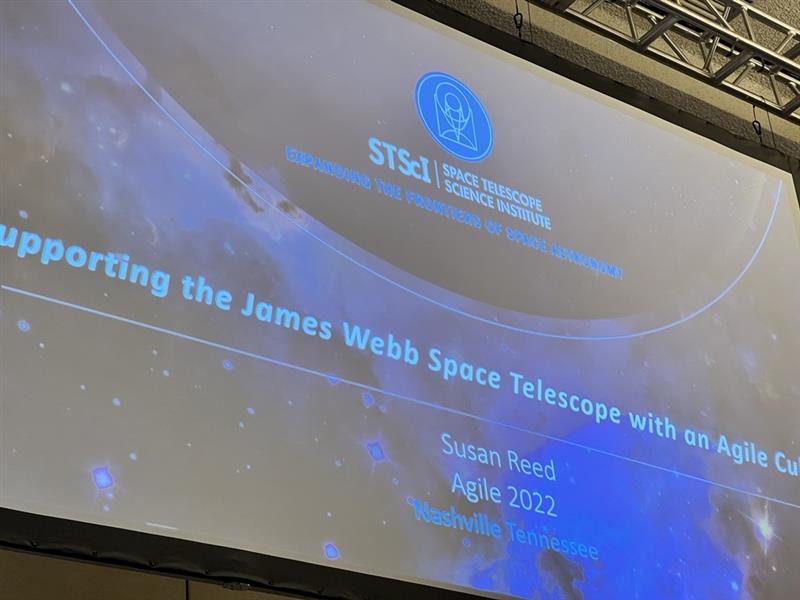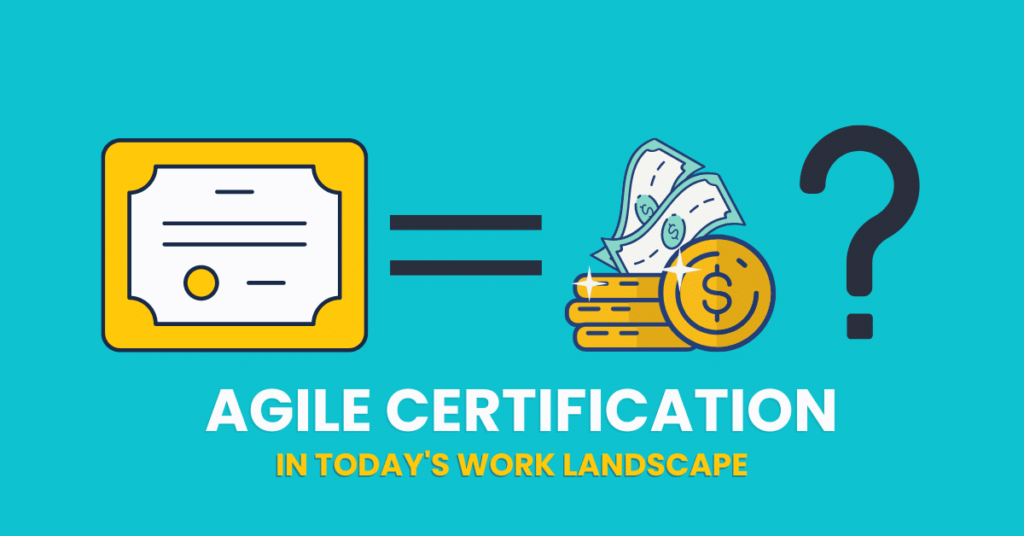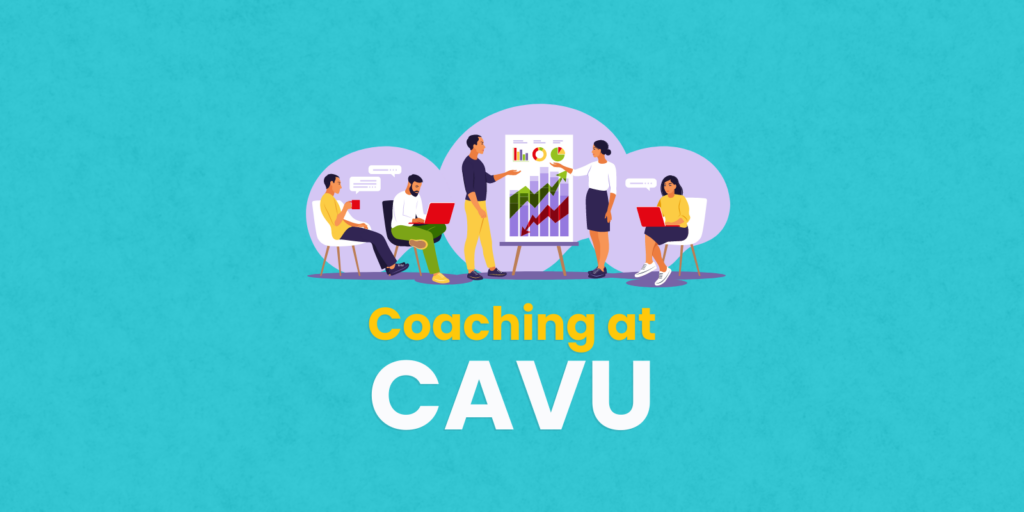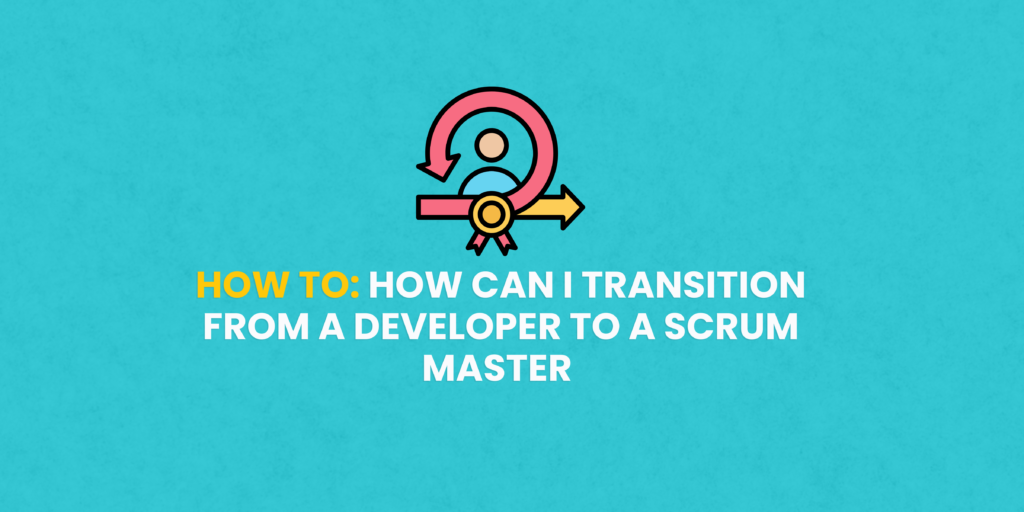Thoughts from Day 3 of Agile 2022
CAVU’s CEO Chris Sims is attending Agile 2022 this week and we’re sharing his thoughts on what he’s learning while there. Stay tuned to for a special edition of CAVU’s 16th Minute podcast next month where Chris and our host Rebecca Dobrinski will chat further about Agile 2022.

How do you plan for and predict the opening of an interstellar telescope within three minutes of the actual event happening? Susan Reed knows and was more than happy to tell us about using an Agile culture to support the James Webb Space Telescope (JWST).
Susan Reed is the Deputy Division Head of IT for JWST. In addition to the James Webb Space Telescope, they also operate it’s more famous cousin, the Hubble Telescope. These telescopes transmit 120 GB of scientific data every week – an amount of data that would be roughly 3,600 feet of shelved books.
The JWST is NASA’s largest and most powerful space science telescope ever constructed. As NASA’s largest and most powerful space science telescope ever constructed, Webb’s enormous size and frigid operating temperatures presented extraordinary engineering challenges. And the data it is transmitting back is the next challenge as Reed’s group now is responsible for creating the pictures and interpreting the data from JWST.
BUT why does her organization exist? They have similar issues to any startup – creating value and solving human problems.
Reed’s organization uses Agile because like most organizations, they need to deliver faster, be more productive, improve customer satisfaction, reduce costs, improve employee engagement, provide better quality, continuously improve, and reduce risks.
The ultimate goal of Agile is being able to rapidly respond to change while establishing a culture of continuous improvement and innovation. This requires equal focus on building organizational alignment (culture), establishing teams that create value quickly (not just IT and engineering), implementing engineering practices that allow for rapid feedback, and delivery to the customer
An Agile culture is important because parallel efforts involving people, process, and technology lay the foundation for agility. Creating organizational alignment for Agile transformation is a total transformation in culture. Senior leadership is essential in establish a vision for Agile transformation, leading the organization through change, and aligning the organizational goals.
Achieving agility requires formalizing a culture of continuous improvement
– Incorporate feedback loops and regular retros
– Establish meaningful metrics
– Compare Agile metrics to past reporting
An Agile Transformation requires an entire organization to embrace an Agile mindset and Agile principles
Socialize success. Use success stories to emphasize the value Agile is creating in your organization. This allows teams to self-manage, build trust, and incorporate work at a sustainable pace. POs and stakeholders appreciate that they are able to easily adapt the product roadmap and backlog to meet the changing needs of the customer, optimize value delivery, and ultimately increase customer satisfaction.
Introduce Agile concepts to everyone. Encourage adoption of Agile principles and practices by non-dev functions. Adopting Agile practices for organizational process improvements – for example, a Kanban board for special projects in HR – not only improves the output of those functions but instills an Agile mindset and Agile practices across the organization. Visualizing work, increasing transparency, identifying bottlenecks, and minimizing hand-offs improves the overall efficiency of an entire organization. It also leads to ideas from all corners of an organization around improving processes to support Agile development teams.
Agile requires a shift in processes, mindset, and collaboration to succeed at scale
Distinguish between organizational mindset and cultural transformation vs. execution. It’s important to note the difference between organizational transformation and Agile scaling. Transformation is how your company organizes and empowers its employees to embrace agility, whereas scaling is how your organization will execute.
Embrace a mindset of continuous improvement. Expect that there will be bumps in the road initially. Create a culture so teams can embrace failure while learning from it. As sprints improve and adoption gains momentum, you will see stakeholders build trust in the methodology, and in response, allow teams to self-manage around a problem. Incorporating regular retros will give teams the opportunity to reflect on what went well and what didn’t so that they can continually improve.
Collaborate across the organization. Changes across a transformed organization will be reflected in resource planning, product funding, accounting practices, and even deciding how Sales and Marketing will hit their goals based on available product. Teams will be cross-functional, so your business stakeholders will be comfortable talking to your development teams and vice versa, which brings ideas to the forefront and makes them a reality through Agile development.
Recognize the humanity in each other. It is so important to see the other persons humanity and what better than Agile to help empower this. It is critical that we embrace Agile outside of IT as we go along this journey.
Final Thoughts
A leader’s job is to facilitate education and infrastructure improvements, empower teams, and manage change as the entire organization works to continuously improve. Achieving agility is a major investment, but the beauty of Agile is in its team-driven momentum. When done well, driving innovation doesn’t involve pushing teams as much as it does getting out of their way.
Read Chris’s thoughts from Day 1: Agile is an Infinite Game & Day 2: Agile – The Secret is in the Sauce.








